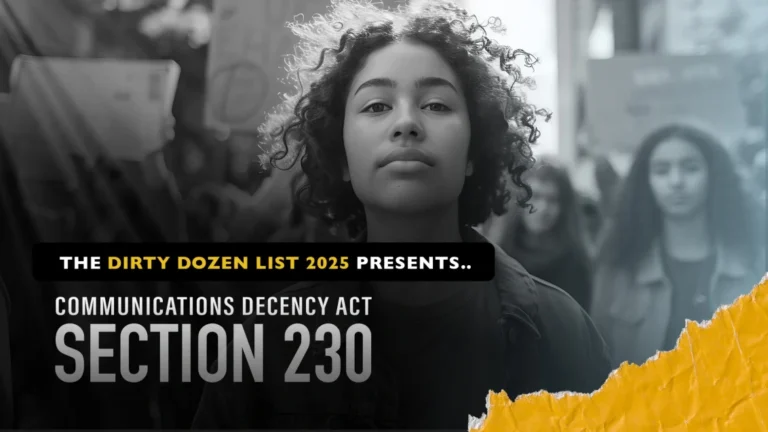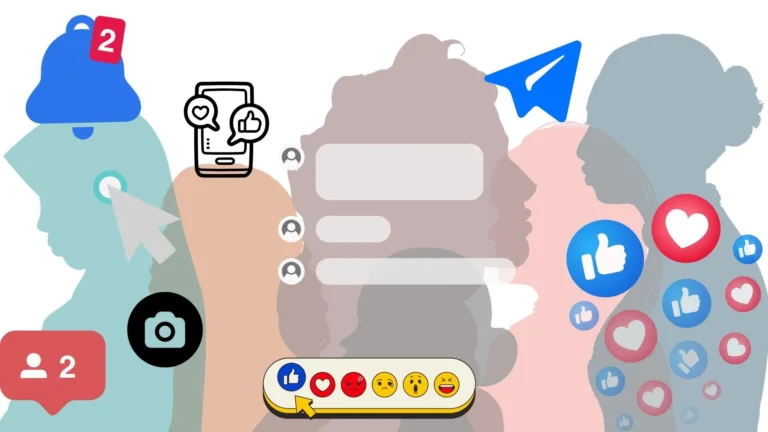“I ran away from home when I was 12 years old. I was raped on the second night on my own. I soon met John who owned a bar and had a few extra rooms upstairs. Two other girls a little older than me had a room too. He offered me safety and a place to live, and was nicer than most other men I had met. John put a camera on a bookshelf in my room and would film me having sex with the men he would send upstairs. He had his own website and taught us how to upload videos ourselves. I would run away sometimes, but always would go back.”
“Men often filmed themselves having sex with me during the 9 years I was trafficked in Brooklyn. Sometimes they would bring porn with them and demand I do to them what was in the porn.”
In the previous two blogs in this series, we discussed the various ways pornography harms both the brain and relationships. If pornography is proven to change the way we think, the way we behave, and the way we see other people, what happens when millions of people are watching pornography every day? In 2018, Pornhub, a popular Internet pornography website, proudly reported a staggering 33.5 billion visits, equating to about 92 million visits to their site per day. What do these kinds of numbers mean for society?
Reading these two heartbreaking personal stories of girls and women being trafficked and exploited for sex, we can begin to see just how strongly pornography and societal evils such as trafficking and other abuse are incontestably linked. In Elsie’s story, she was only 12 years old when she was preyed on by much older men with considerably more power than her, and pressured into prostitution and pornography. Karen shared how she was both trafficked and filmed against her will. Like many stories you hear from women in prostitution, buyers would come and demand she perform acts they had seen while watching pornography on the Internet.
Research supports the dangers of pornography, especially in regards to sexual abuse, prostitution, and trafficking. The US government officially defines sex trafficking as a “modern-day form of slavery in which a commercial sex act is induced by force, fraud, or coercion, or in which the persona induced to perform such an act is under the age of 18 years.” Knowing this, and knowing that many women and girls like Elsie are coerced into pornography to survive, or are still under 18, it is clear that we cannot assume meaningful consent occurs in all pornography. Furthermore, pornographers regularly use tactics defined by the Trafficking Victims Protection Act to recruit, entice, and obtains people for the purpose of selling sexual acts. The only difference is these acts are on camera and then distributed for millions of people to see.
This act of commercial sex acts, otherwise known as prostitution, means pornography should be considered prostitution on a mass scale. Pornography has also been shown to increase sex buying behaviors, further fueling demand for sexual exploitation around the world. A study in Sweden on 18-year-old males found that those who frequently used pornography were more likely to have sold and bought sex than other boys of similar age. When comparing 101 sex buyers to 100 men who did not buy sex, one study found that the sex buyers masturbate to pornography more frequently, used more types of porn, and reported that their sexual preferences changed to desire rougher and more violent sex over time. Many other studies also demonstrate the association between buying sex and pornography use.
Research is also showing the links between pornography and sexual abuse. This is especially prevalent when looking at women and girls. A study of adolescent girls aged 14-19 found that those who viewed pornographic videos were significantly more likely to be victims of sexual harassment or assault. Pornography also frequently portrays and therefore contributes to the normalization of both verbal and physical violence against women. When analyzing the 50 most popular pornographic videos, researchers found that 88% of the scenes contained physical violence, and 49% contained verbal aggression. Of these aggressive acts portrayed, 87% of them were perpetrated against women. What’s more, 95% of those responses were either neutral or expressions of pleasure.
Pornography is clearly teaching those who watch it that violence against women is not only normal but is even expected. This is especially concerning given current trends of “teen-themed” porn. In a study that analyzed 127 mainstream popular pornographic videos, “90% of the teenage women containing visible aggression displayed pleasure, compared with 54.29% when visible aggression was not present”. When children are exposed to pornography at a young age, it can lead to sexual abuse problems later. One worker who works with children with harmful sexual behaviors said: “So from a young age they’ve accessed pornography…and they’re exposed to this idea that sex and aggression are linked and they’re exposed to these ideas that you don’t necessarily need consent, and that ‘no’ might mean ‘try harder’”.
The links between sexual abuse, consent, and pornography are prevalent when concerning men as well. A study on college fraternity men showed that those who viewed pornography expressed a greater intent to commit rape if they knew they would not be caught, less willingness to intervene in situations of sexual violence, and increased belief in rape myths. Given society’s clear inability to handle cases of sexual assault and issues of consent, this correlation between pornography and these harmful attitudes cannot be ignored.
In the current era of #MeToo, it is an obligation to look at all factors that contribute to sexual exploitation. Pornography is constantly overlooked as a significant factor in many forms of exploitation, including sex trafficking, harassment, prostitution, and abuse. To learn more about the public health crisis of pornography, go here. Need additional resources? Visit our resource center here.



